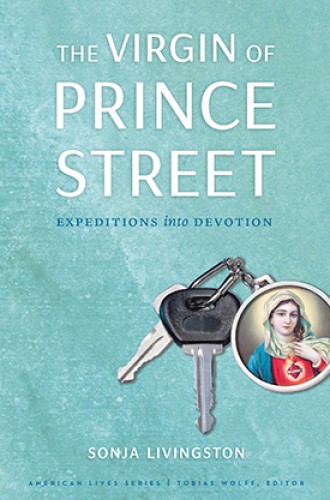A lapsed Catholic’s unexpected devotion
Searching for the Mary statue from her childhood, Sonja Livingston found much more.
When essayist Sonja Livingston finds herself returning to her childhood Catholic parish, devotion takes her by surprise. She has a craving that she cannot articulate, and it appears regularly and with enough insistence that she ends up in the pews again and again.
The new parish and her childhood parish are housed in the same building, but they are not the same. The churches have undergone consolidation. The name has changed. The priest and the people are different and speak different languages. Most significantly for her, the statues are different.
One statue that remained in her memory through the years was a statue of Mary, which is no longer there. Throughout the book, even as she goes on several other “expeditions into devotion,” Livingston returns again and again to her search for that particular statue, for which there can be no substitution. Searching for that Mary statue takes her into the strange world of Catholic congregational consolidation. When one parish joins another parish, where do all the religious items go?





